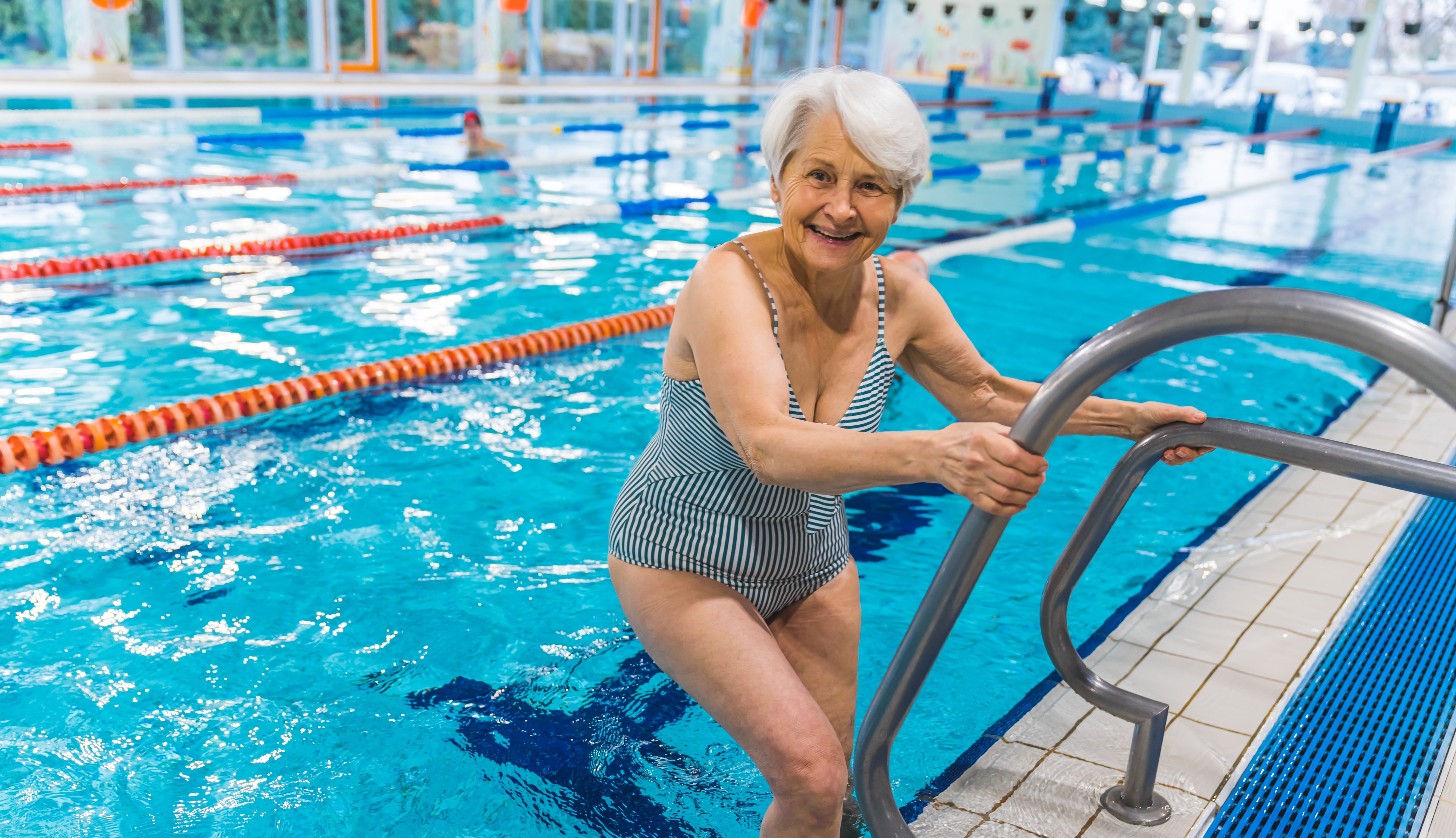Osteoporosis is a condition in which you have less bone mass and strength. Bones start developing holes, like a sponge, making them more likely to break.
What are the symptoms of osteoporosis?
People with osteoporosis often have no symptoms. The first sign of the condition may be a bone breaking. Some people may experience a loss of height of more than one inch, or increasingly stooped posture or leaning forward.
Women over age 65 are recommended to get a bone density test, which is the test used to diagnose osteoporosis. Men over 70 with certain risk factors should also have a bone density test. Women younger than 65 maybe recommended to have a bone density test if they are at risk of developing osteoporosis. One of the biggest risk factors for osteoporosis is a history of smoking.
What are the treatments for osteoporosis?
Exercise is key: Weight-bearing exercises, resistance exercises, and balance exercises can all help increase bone density, improve your balance, and decrease your risk of falling and having a fracture.
If you’re not getting enough calcium and vitamin D from the foods you eat, your primary care provider may recommend calcium or vitamin D supplements.
There are also medications for treating osteoporosis. One type of medication decreases the rate at which bones break down, and other types increase the rate at which bones are built.
How do you prevent falls?
For seniors with osteoporosis, preventing falls is really important. A fall can cause a fracture that could lead to a decrease in your independence and a dramatic change in your quality of life.
If you are at risk, you should talk with your primary care provider for a medical evaluation and to determine how you can decrease your risk of falling. Your doctor can look at your medication list and see if any medications can be added or subtracted to decrease the risk of falls.
Optimizing your hearing and vision can also decrease your risk of falls as you get older.
Another key to managing osteoporosis is trying to prevent falls at home. Make sure your living areas are clear of clutter. Remove or tape down loose rugs to prevent tripping over them.
The bathroom is the most critical area for falls prevention. Make sure you have a grab bar in the shower and a grab bar next to the toilet. Bathroom mats should have nonslip rubber backing.
Have adequate lighting throughout the house, and install night lights so that when you get up during the night, you can safely make your way to the bathroom.
How do you manage osteoporosis?
To keep your bones strong, eat a balanced diet, avoid excessive caffeine or alcohol consumption, and do not smoke or be around secondhand smoke.
Remember that the best way to treat osteoporosis is to stay active and strong, so you should exercise regularly. Your On Lok PACE healthcare team can provide you with exercises tailored to your needs.
Source: Dr. Jessica Eng, On Lok PACE Medical Director
